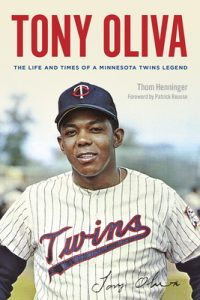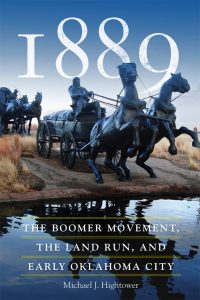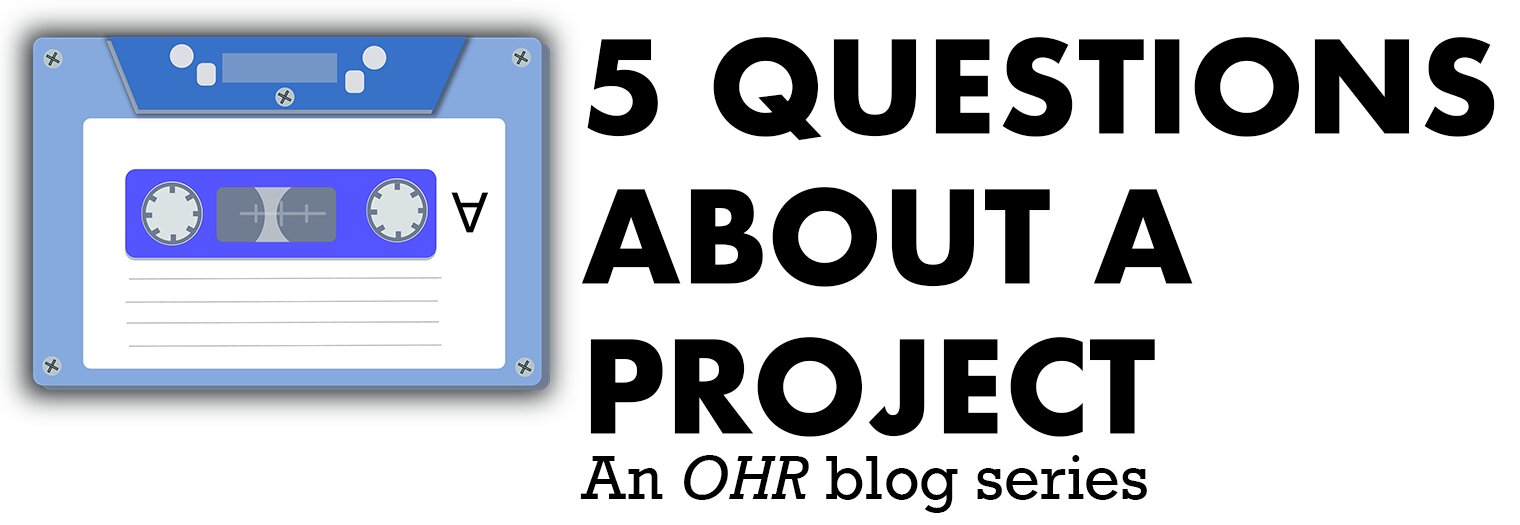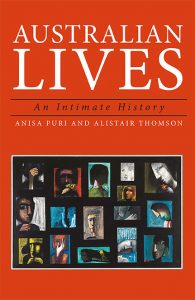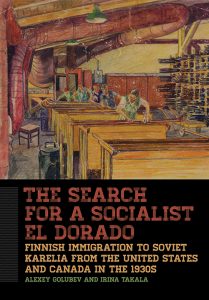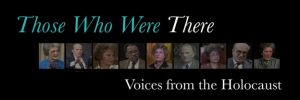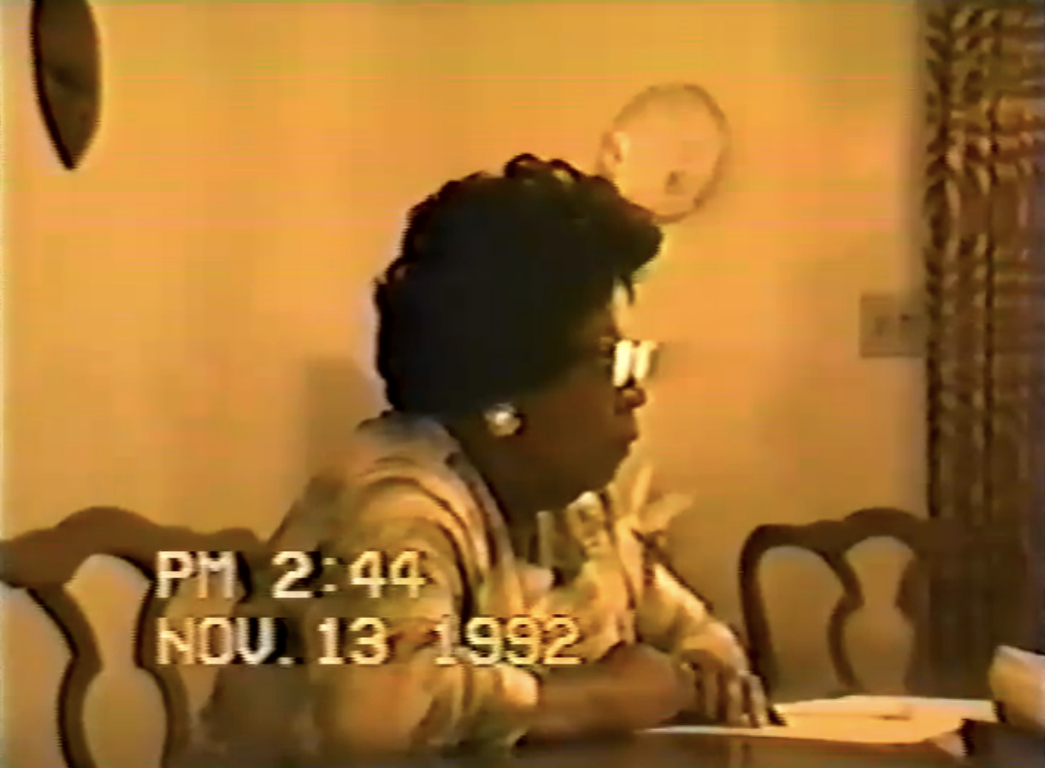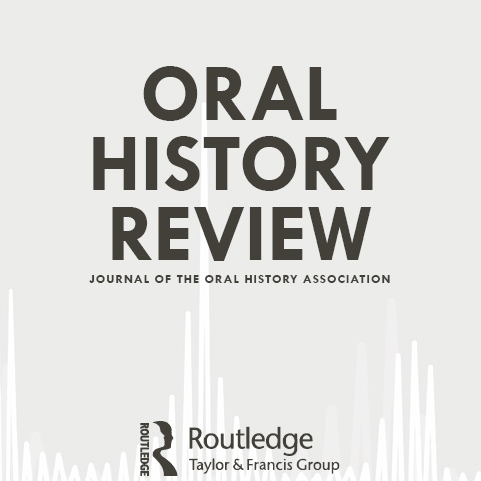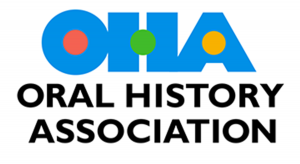5 Questions About: Tony Oliva: The Life and Times of a Minnesota Twins Legend
We ask authors of books reviewed in Oral History Review to answer 5 questions about why we should read their books. In our latest installment of the series, Thom Henninger discusses Tony Oliva: The Life and Times of a Minnesota Twins Legend.
Read Troy Reeves’s review of Tony Oliva: The Life and Times of a Minnesota Twins Legend is available online and in issue 47.1 of OHR.
What’s it about and why does it matter?
Tony Oliva: The Life and Times of a Minnesota Twins Legend explores the life of a man born in a remote part of Cuba who became an elite baseball player. Oliva traveled to Florida to try out for the Minnesota Twins in April 1961, at a time the failed CIA-led Bay of Pigs invasion led to the severing of Cuban-U.S. relations. The Twins chose not to sign Oliva, but in an unanticipated twist of fate, he was not able to return home because of political developments beyond his control. He persevered and went on to have a 16-year career that many believe deserves to be honored by the Baseball Hall of Fame in Cooperstown.
Oliva’s second chance came with a cost. The 22-year-old, who grew up on a family farm far from a big city, arrived in the United States without financial support, a working knowledge of English, or a support system to survive in a foreign culture. He quietly endured the isolation from all that was familiar to him while working to succeed in the highly competitive environment of professional baseball. His struggles and ultimate success are a fascinating and inspiring story that is worth sharing. Oliva, who married and raised a family in Bloomington, Minnesota, still lives there and works as a part-time coach with the Twins.
How does oral history contribute to your book?
Oral history was critical to the book, as Oliva joined me for lengthy sessions to tell his story. He wasn’t the only Cuban player with the Twins who endured isolation from family during the 1960s. Five others—Camilo Pascual, Julio Bécquer, Sandy Valdespino, Minnie Mendoza and José Valdivielso—also provided firsthand accounts of leaving home and adapting to a new culture as teenagers. At age 17 in 1951, over the course of his first summer in the U.S., Pascual was assigned to three different minor league teams—in New York, Texas and Oklahoma—and speaking virtually no English, traveled alone between them equipped with only a hand-carried note to get him to where he needed to go. They all struggled with communicating and, at the same time, solving the riddles of a new culture. Finding agreeable food was part of the challenge, and Oliva, after arriving in the U.S., always carried two notes with him. “Ham and eggs” was written on one, “fried chicken” was written on the other—and for months that was all he ate.
The stories of Cuban players became more complicated in 1961. Most of them were training in Cuba before the start of the 1961 baseball season when Fidel Castro, Cuba’s revolutionary leader, arrived at a baseball field one day and told the players they had a choice to make. They could stay in Cuba and be given baseball jobs, or they could return to the U.S. to resume their careers but would not be allowed to return to Cuba. Facing a nearly impossible decision, they returned to the U.S and sadly left loved ones behind.
When the Bay of Pigs invasion took place that spring, a few players were separated from their wives—including two who were pregnant—who had not yet traveled to the U.S. for the summer. Mendoza recalled how he and his wife and two young daughters were not reunited in the U.S. for four years. For most Cuban players, nearly a decade passed before they were able to reunite with extended family. A few never again saw a parent who passed away during the years they were isolated from their homeland. A few have never returned to Cuba, though Oliva now travels there nearly every year to visit family.
What do you like about using oral history as a methodology?
The lives of the Cuban players from this era are powerful stories of a unique group of immigrants. These stories have largely gone untold, and discovering and reporting their firsthand accounts was a highlight of writing this book. At the same time, they shared the core struggles that all immigrants face, and in a country that was built on waves of immigrants over the decades, those stories are worth telling as part of American history. Each new generation of immigrants has contributed to our history and the success of the country, and we should celebrate their contributions.
Why will fellow oral historians be interested in your book?
Documenting with oral history and telling the stories of those who played the game over the decades are critical components of baseball writing today. Baseball historians continue to fill in the blanks of bygone eras, and there are oral histories of more recent eras still open to explore. Nearly all of the Cubans who played major league baseball during that era were employed by the Washington Senators-Minnesota Twins franchise that moved to Minnesota in 1961, and their firsthand accounts are a unique collection now available to baseball historians. Their accounts and stories may draw more interest with Cuban natives playing professional baseball in the U.S. again. There are common threads in what leaving home to pursue a baseball career has meant to both generations of Cuban players.
What is the one thing that you most want readers to remember about the book?
The struggles Oliva faced when he arrived in the U.S. make a compelling story, but equally powerful was his ability to overcome those challenges to become a successful player and find his place in his new home. That is what I find most memorable about Oliva’s story. His work ethic, perseverance and upbeat approach to life are inspiring qualities that were critical to his survival and success.

